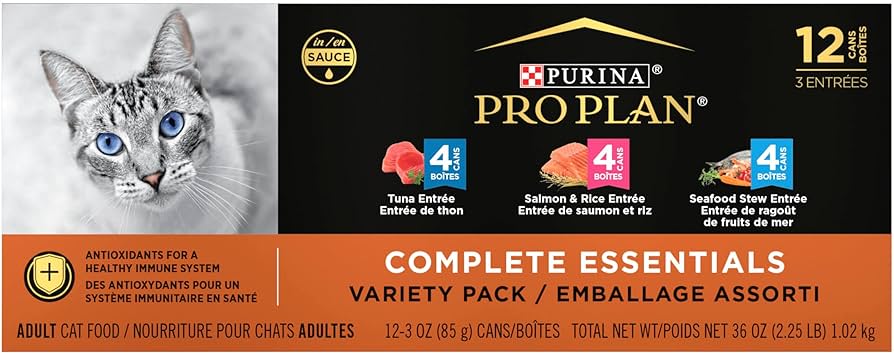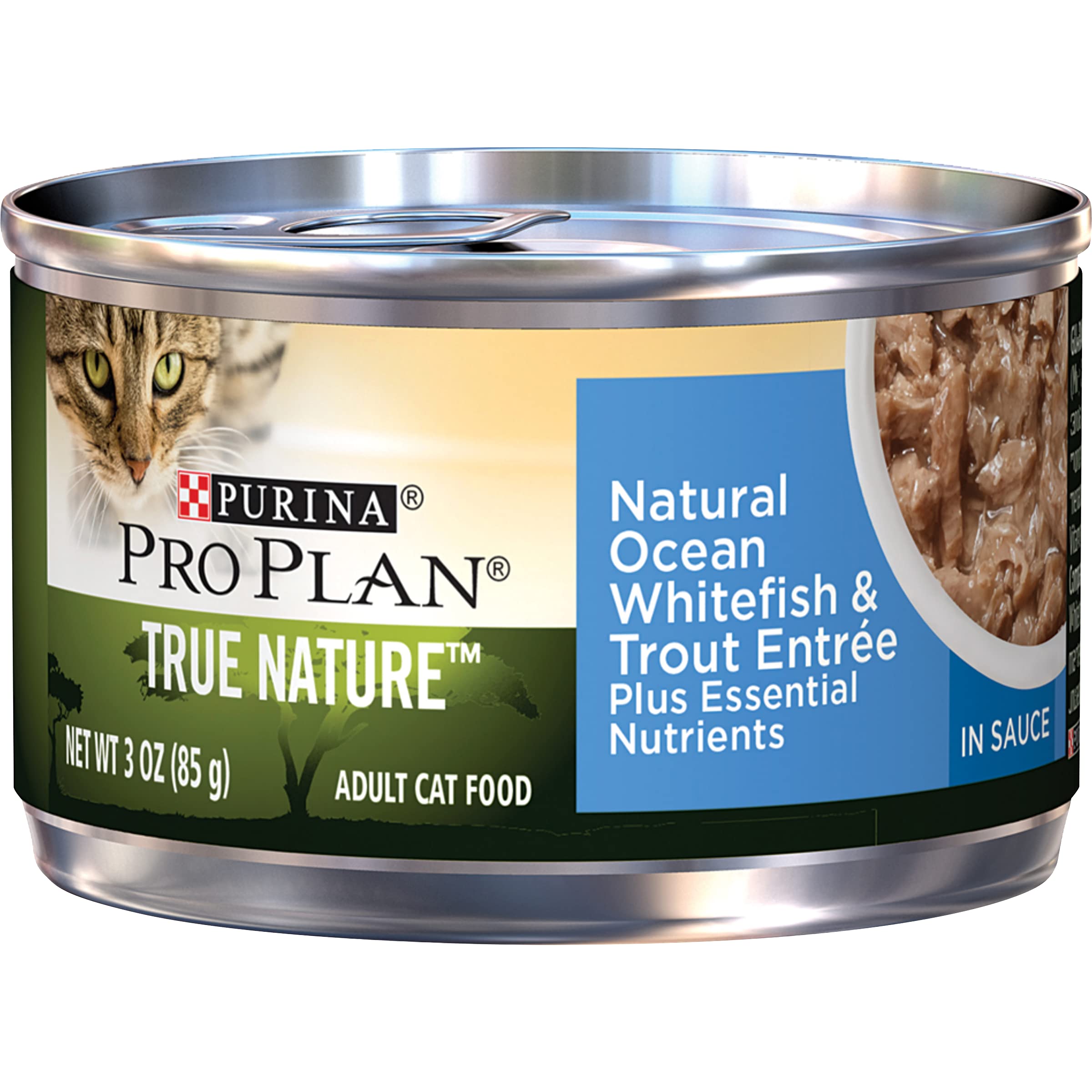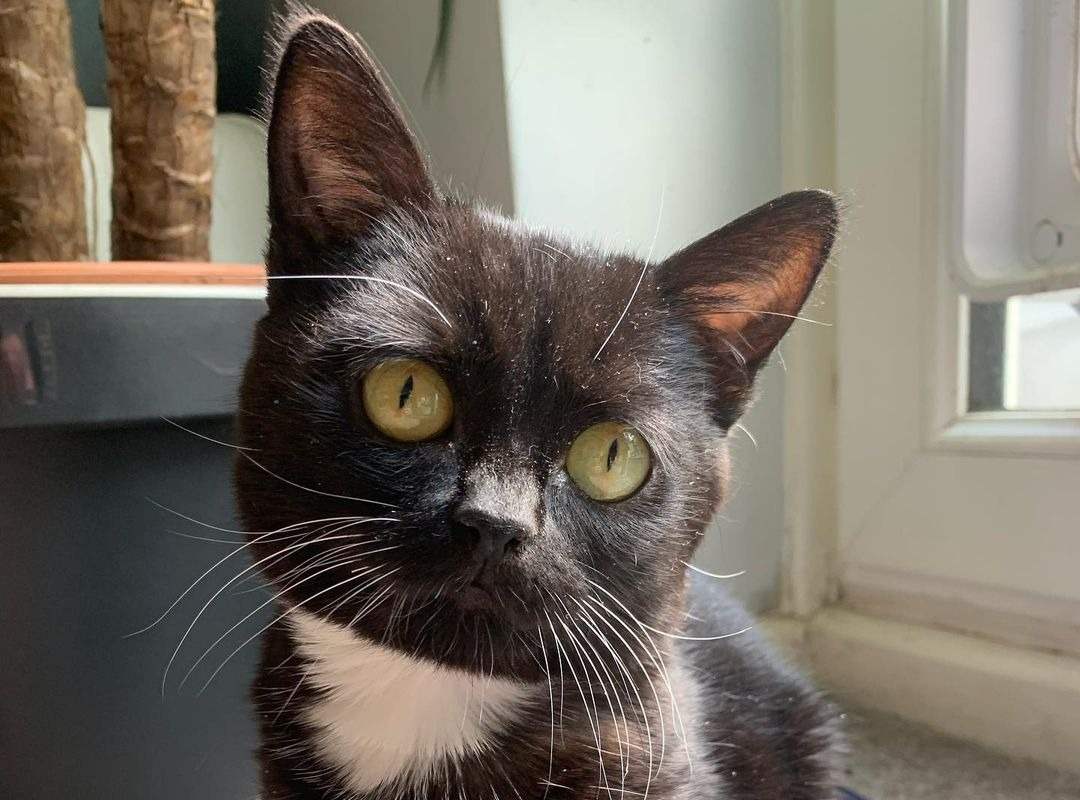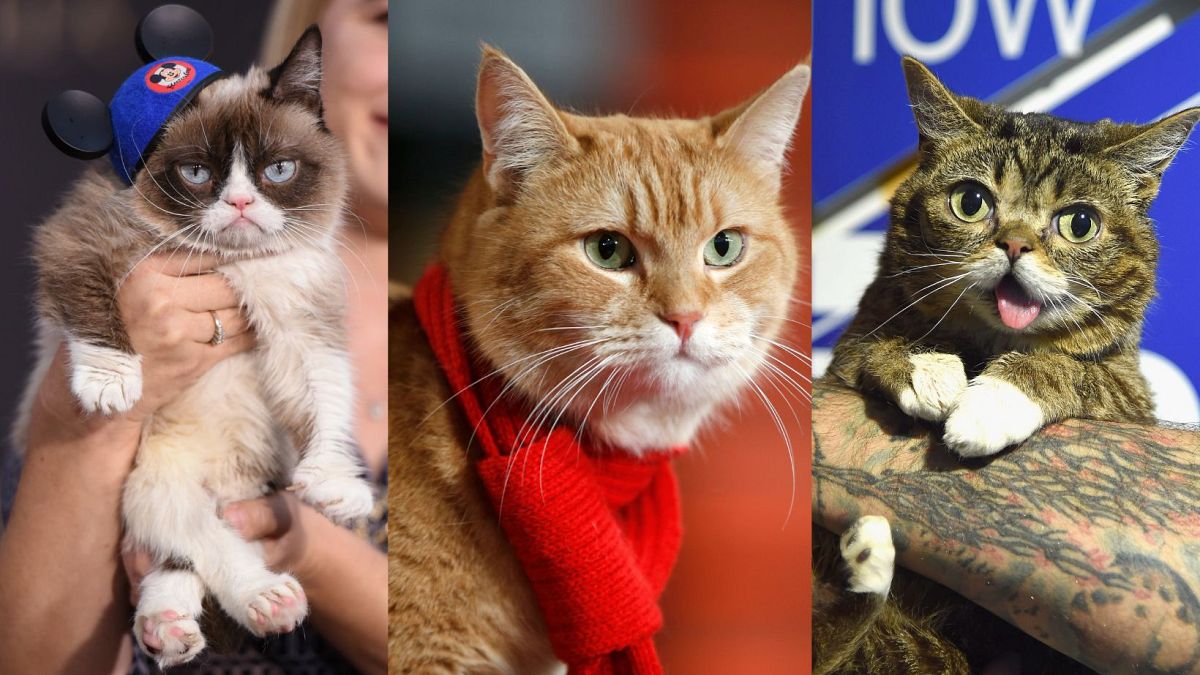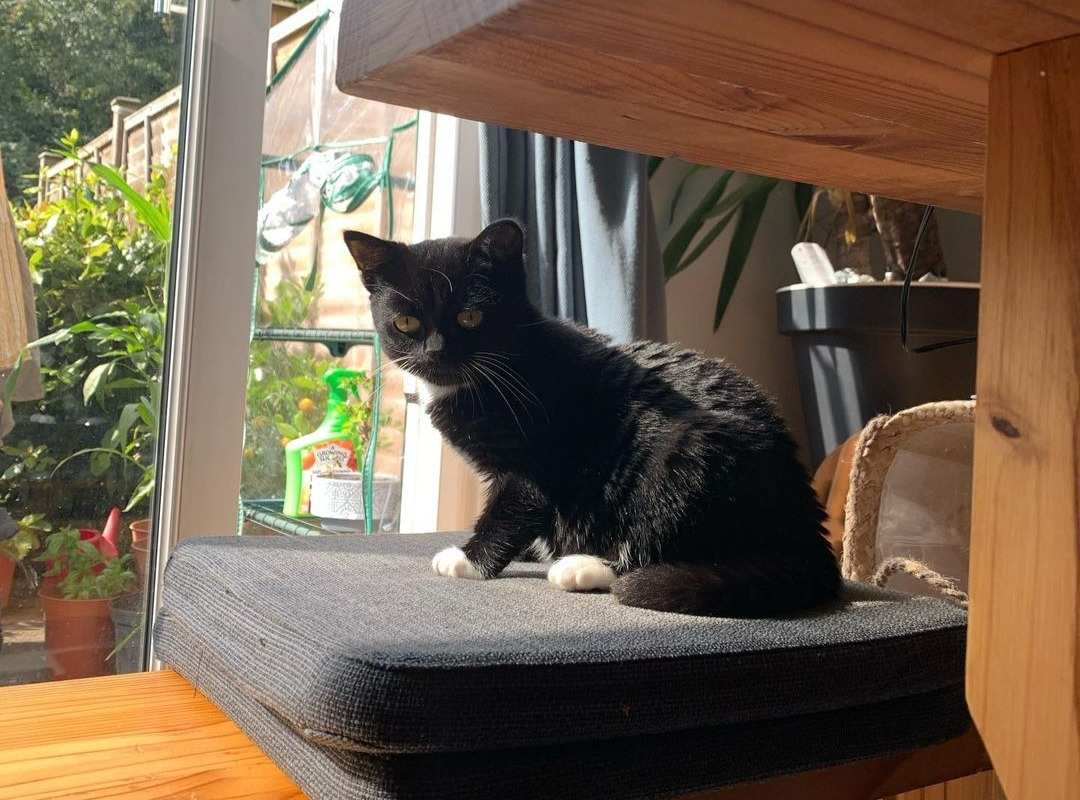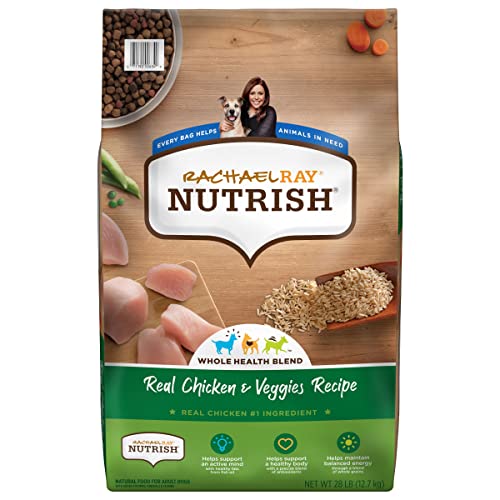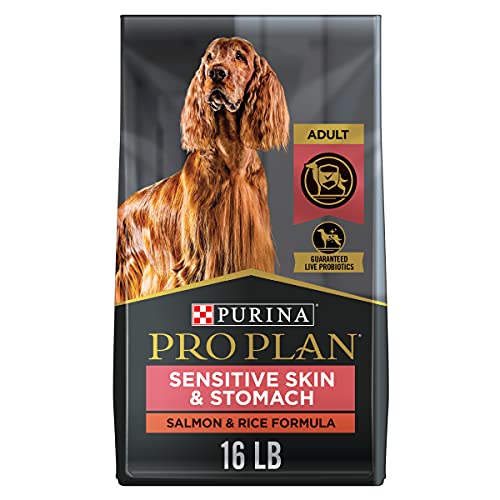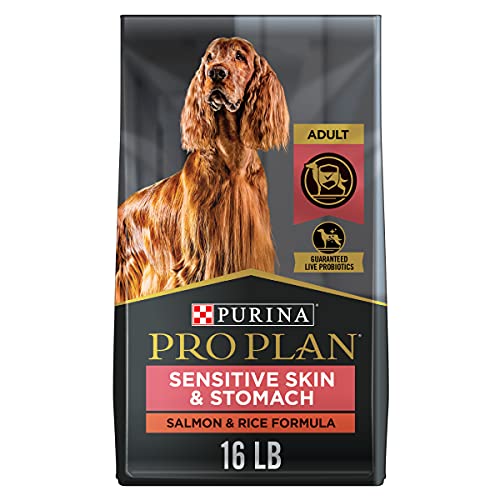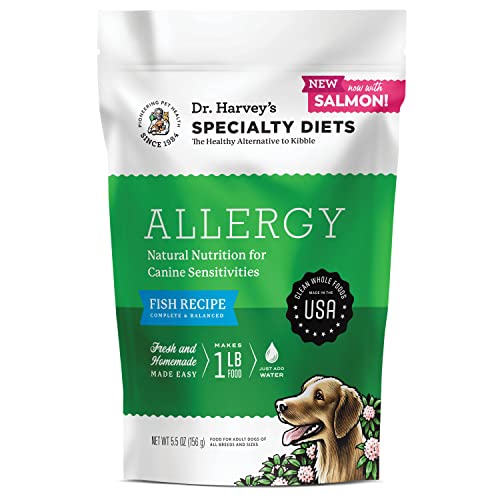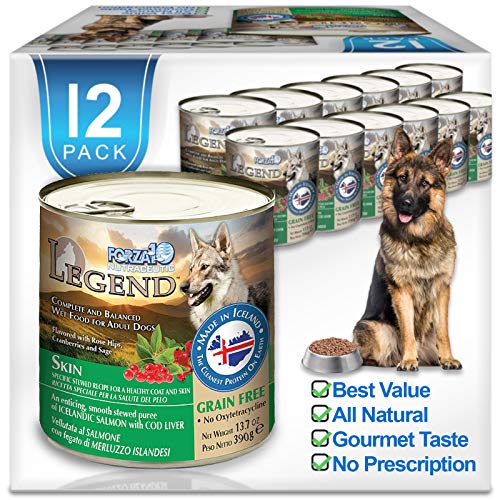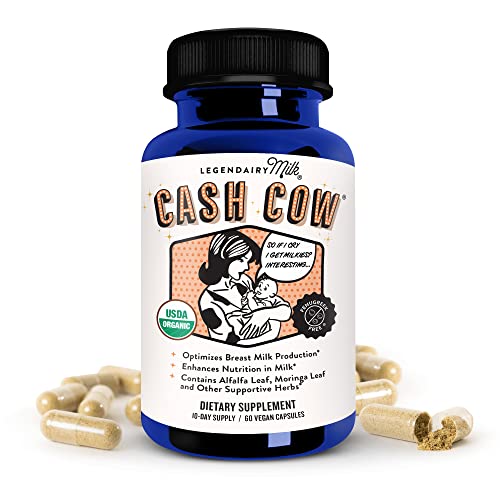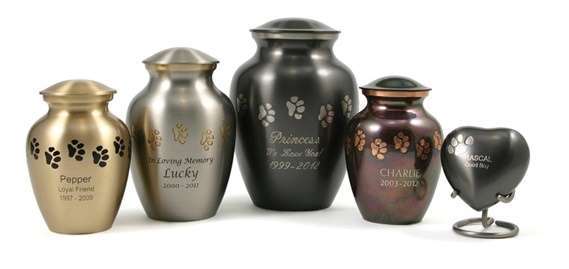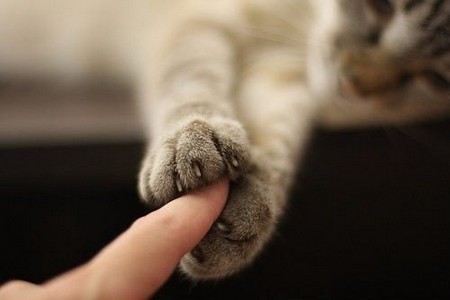Cats are not just pets; they’re family. It’s why cat parents are always on the hunt for the best cat food. Let’s explore what makes a cat food stand out in Pakistan.
Factors to Consider When Choosing Cat Food
Before diving into the brands, let’s understand the criteria for quality cat food.
- Nutritional Value: The food should meet your cat’s dietary needs.
- Ingredients: High-quality, real meat should be the main ingredient.
- No Fillers: Cat food should not have unnecessary fillers.
- Age-specific Formulas: Kittens, adults, and seniors need different nutrients.
The Best Cat Food Brands in Pakistan
From our research, these brands shine as top choices for cat owners in Pakistan.
| Brand | Key Ingredients | Age Group | Price Range |
|---|---|---|---|
| Me-o Cat Food | Tuna, Chicken, Mackerel | All Ages | Mid-Range |
| Royal Canin | Poultry, Rice, Maize | All Ages | Premium |
| Whiskas | Chicken, Meat by-products | All Ages | Mid-Range |
| Purina Friskies | Salmon, Chicken, Cheese | All Ages | Mid-Range |
Remember, pick the one that suits your cat’s needs and preferences.
Understanding Cat Nutrition
Cats need lots of protein to stay happy and healthy. Look for foods with real meat as the first ingredient.
- Cats are carnivores. This means they love meat.
- They need taurine, an important amino acid found in meat.
- A balanced diet for a cat also includes vitamins and minerals.

Credit: lahorepets.com
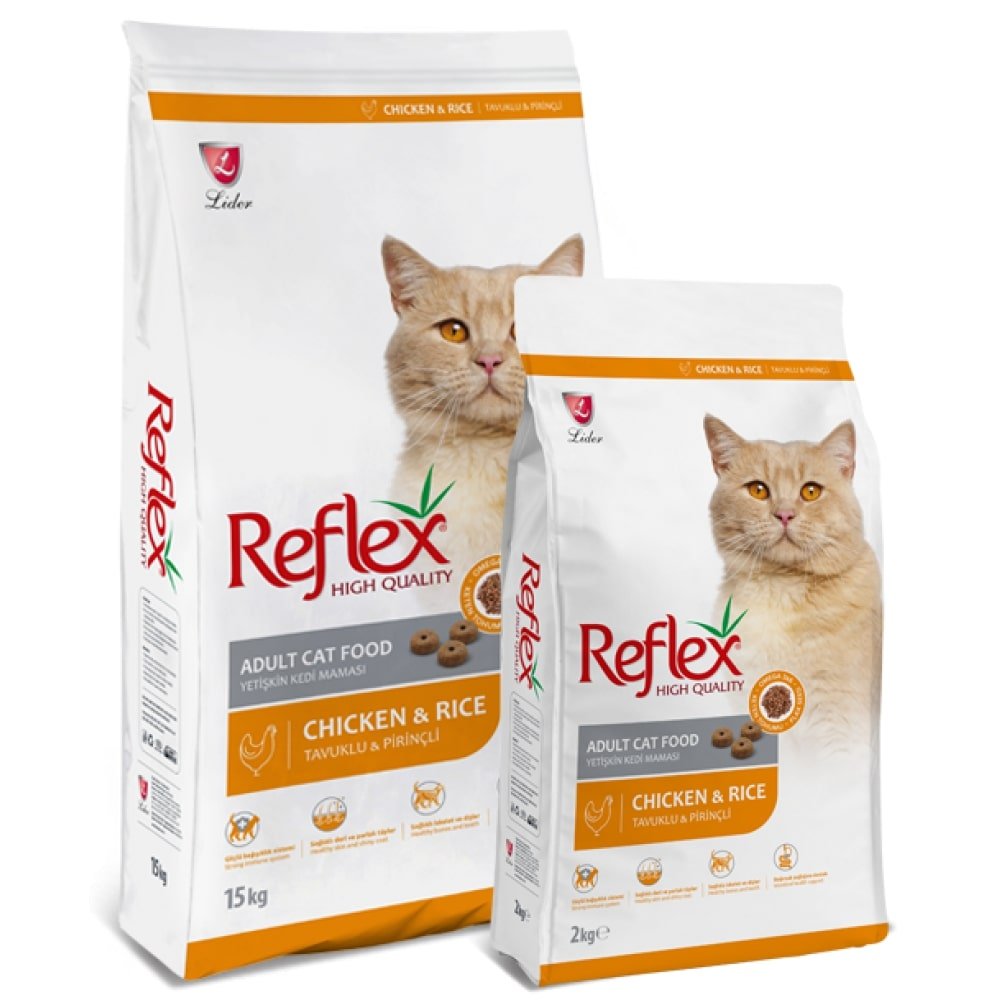
Credit: www.epetstore.pk
Choosing the Right Food for Different Cat Ages
Your cat’s needs change with age. Here’s what to feed them at each life stage.
- Kittens: They need lots of protein and calories to grow.
- Adult Cats: They require a balanced diet for maintenance.
- Senior Cats: Older cats benefit from easy-to-digest food.
Dry Food vs. Wet Food: Which is Best?
Do you choose dry food or wet food for your cat?
- Dry food is good for their teeth and easy to store.
- Wet food helps keep your cat hydrated.
- Some cat parents mix both for variety.
Homemade Cat Food: A Healthy Alternative?
Making cat food at home can be healthy if you know what ingredients to use.
- Use fresh meats like chicken or beef.
- Consult a vet to make sure the diet is complete.
- Avoid foods that are toxic to cats, like onions and garlic.
Conclusion: Making the Right Choice for Your Furry Friend
Choosing the best cat food is about understanding what your cat needs. Whether branded or homemade, make sure it’s nutritious and tasty.
Frequently Asked Questions For Which Cat Food Is Best In Pakistan
What’s The Top Cat Food Brand In Pakistan?
Choosing the best cat food in Pakistan often leads pet owners to international brands renowned for their premium quality and balanced nutrition.
Are Grain-free Diets Better For Cats?
While grain-free cat food is marketed as a healthier option, it’s crucial to assess individual dietary needs as some cats may benefit from grains.
How Do I Choose Nutritious Cat Food?
Selecting nutritious cat food involves checking the ingredients for high-quality protein sources, essential vitamins, minerals, and an absence of unnecessary fillers.
Can Wet Food Improve My Cat’s Hydration?
Wet cat food can significantly contribute to your cat’s hydration, especially if your feline friend doesn’t drink ample amounts of water daily.
